“Darling, we're out of honey”, my wife said during the Sunday breakfast. And from there I got the idea that we should make the most of a sunny day in front of us, and so my family and I set off for the small Karst village of Pliskovica.
The village is also famous for the Pliskova Trail, which winds its way through the beautiful karst landscape. The plan was set, we will spend the morning on the trail, visit a local beekeeper and buy some Karst honey, and for lunch we will go to the nearby village of Kobjeglava, to a prosciutto producer, for a tasting of Karst prosciutto.
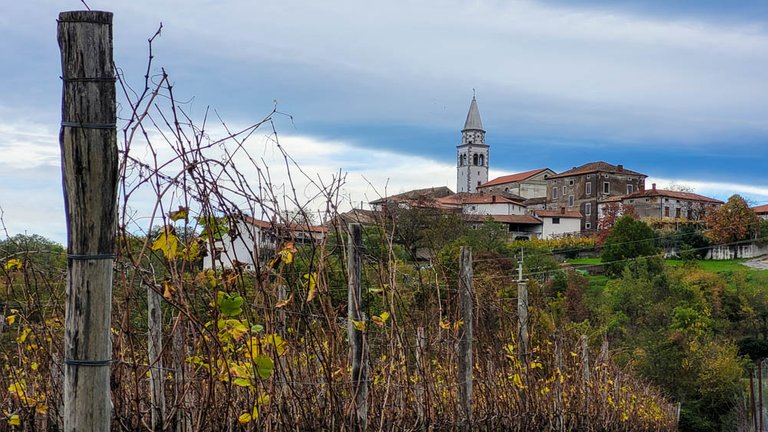
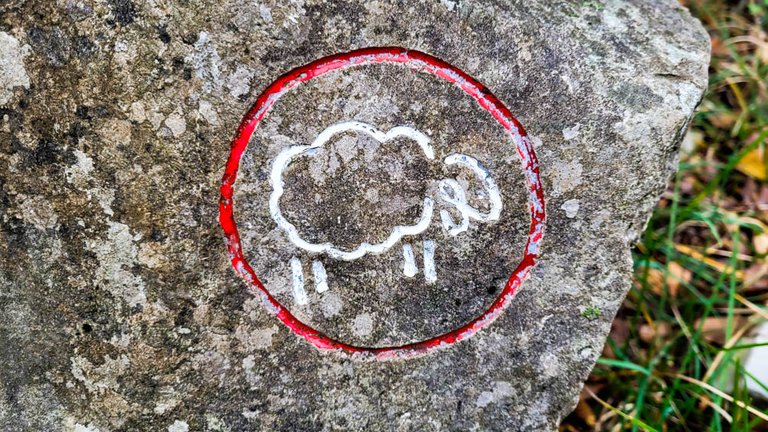
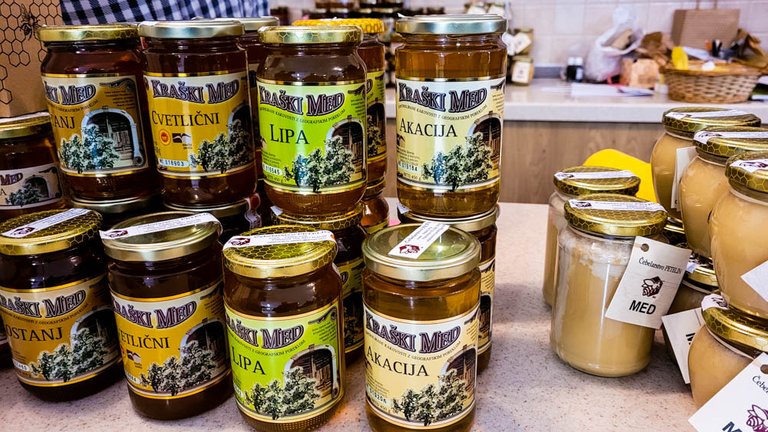
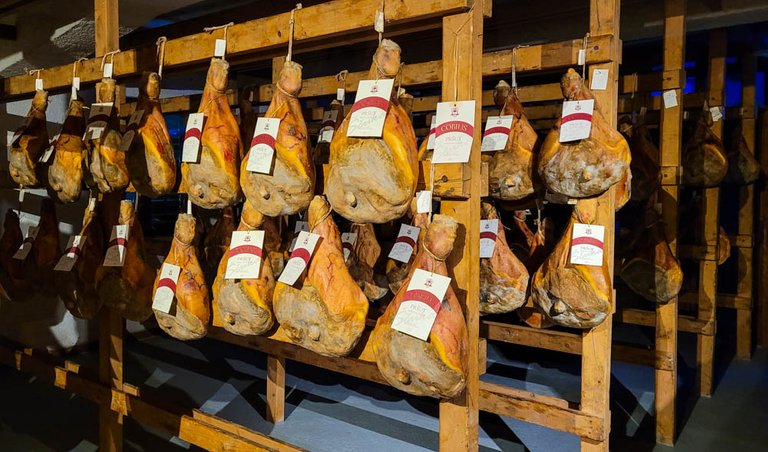
The village of Pliskovica is located in western Slovenia, surrounded by the Gulf of Trieste (10 kilometres from the Italian city of Trieste), in the unique Karst landscape. The picturesque circular footpath starts right in the village. Thanks to the mild climate, the walk can be done also in the autumn and winter. The landscape has a special charm, especially in autumn, when the rye is tinged with red.
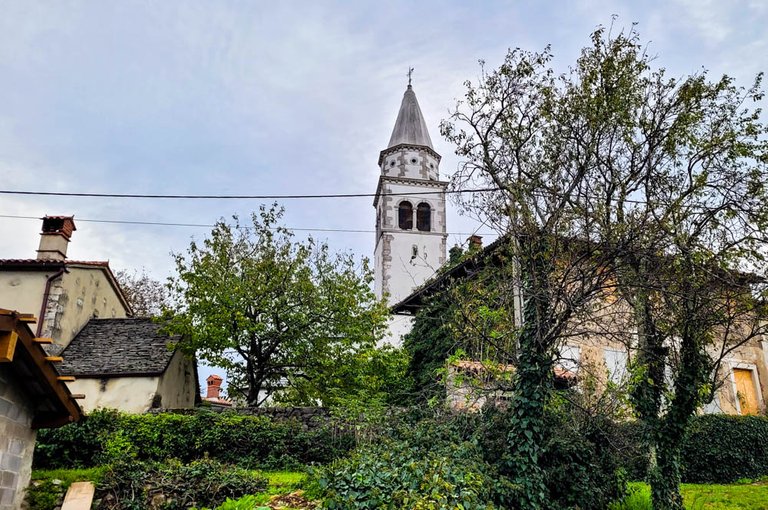
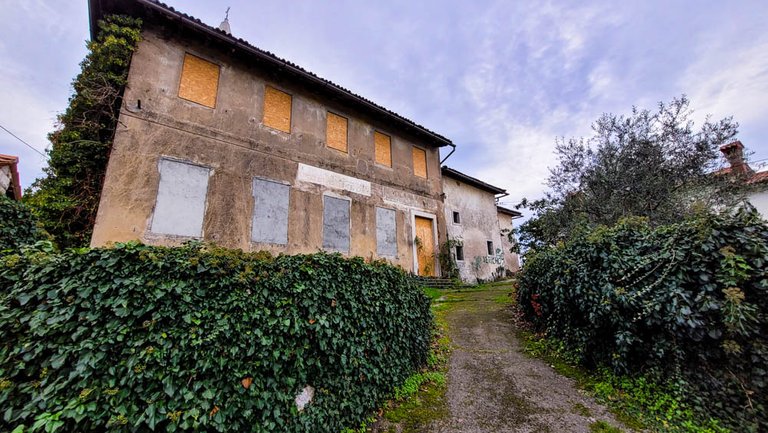
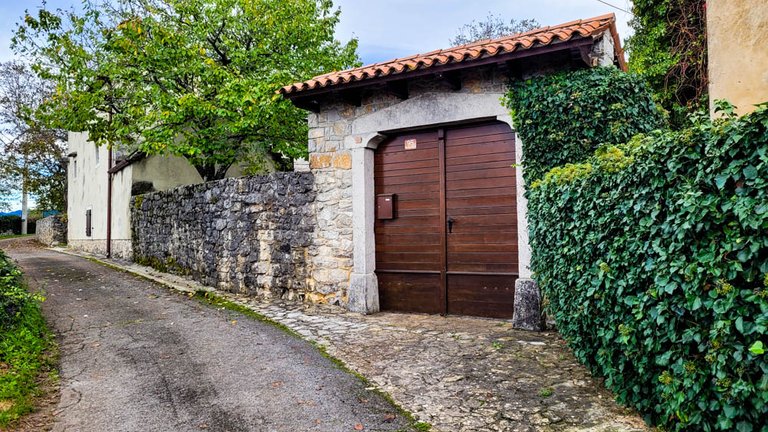
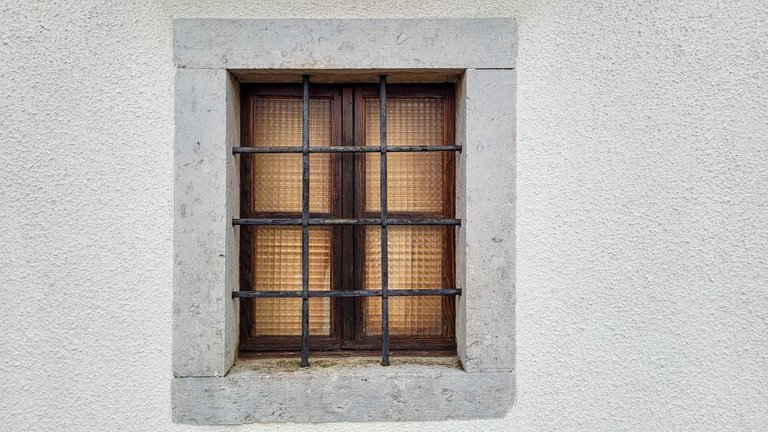
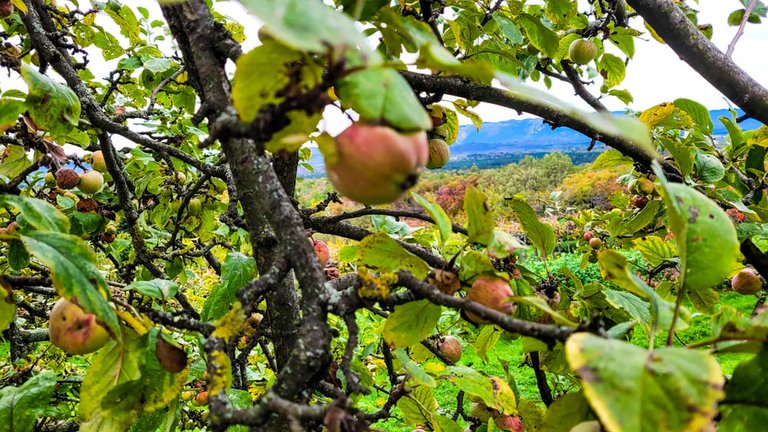
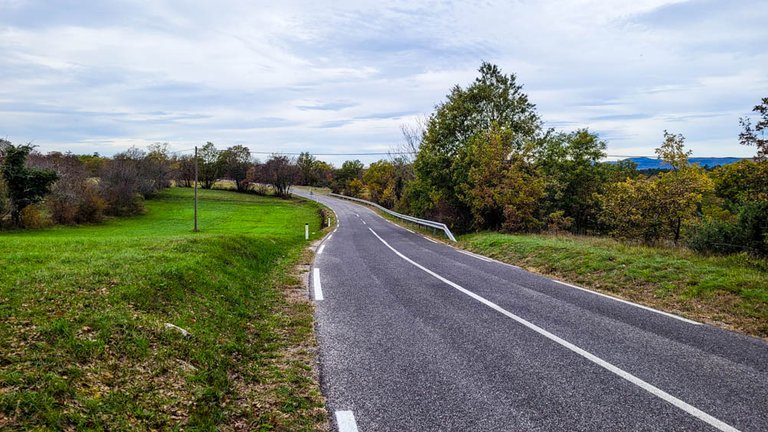
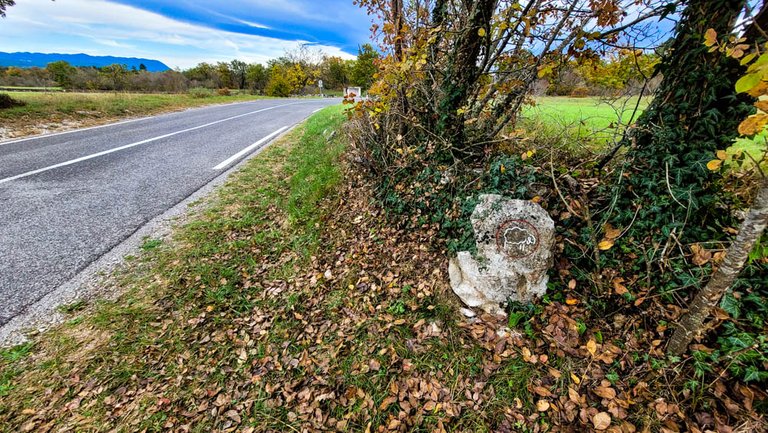
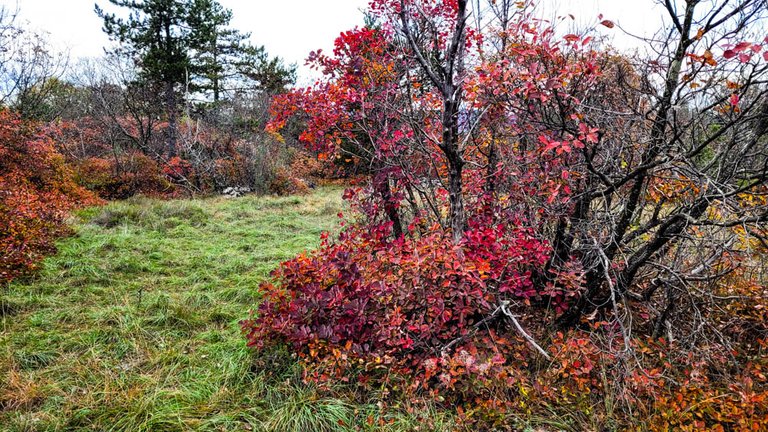
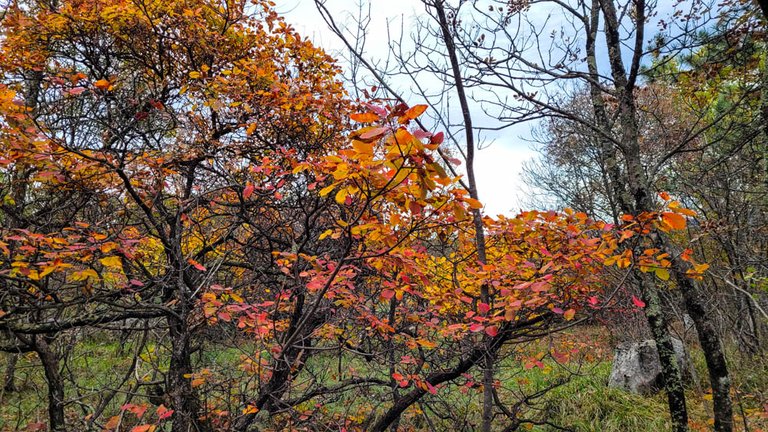
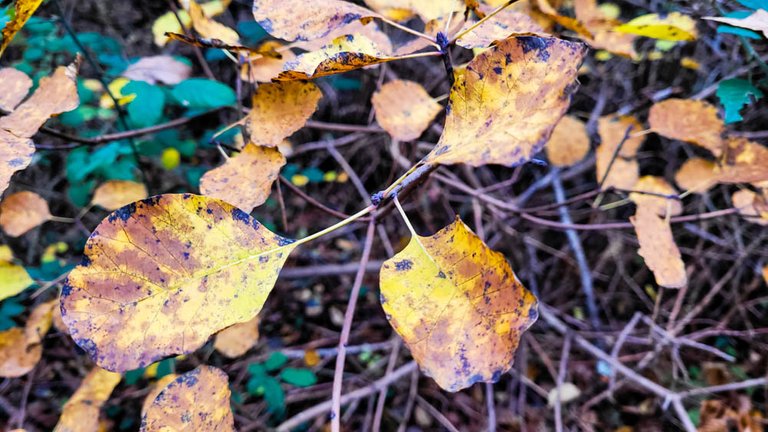
It is an easy trail, 6 kilometres long, which can be walked in less than two hours. There are very nice signs - sheep symbols carved in stone, that will guide you through the land. The sheep image is also the symbol of Pliskavica town, which was named by the locals after the bird called Pliska (White Wagtail). Later on, the shepherds called the sheep that grazed on these pastures Pliska.
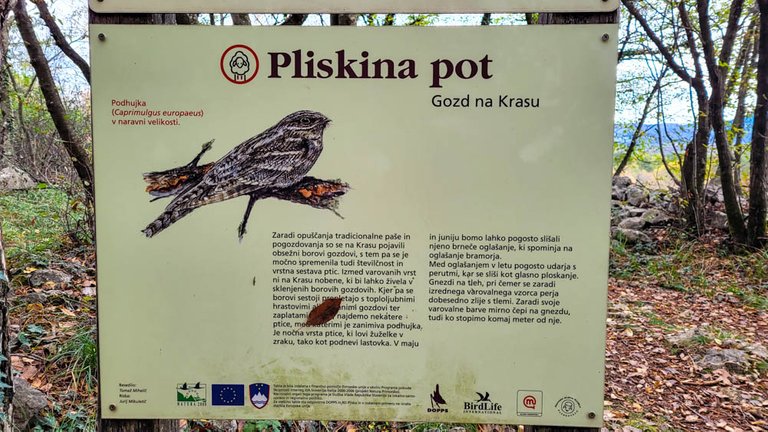
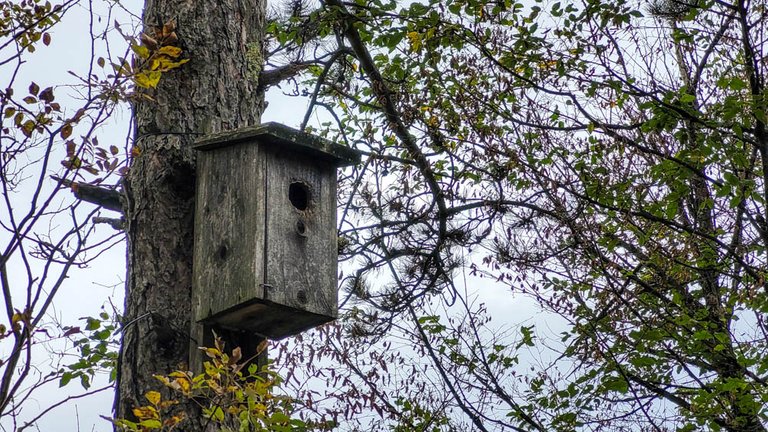
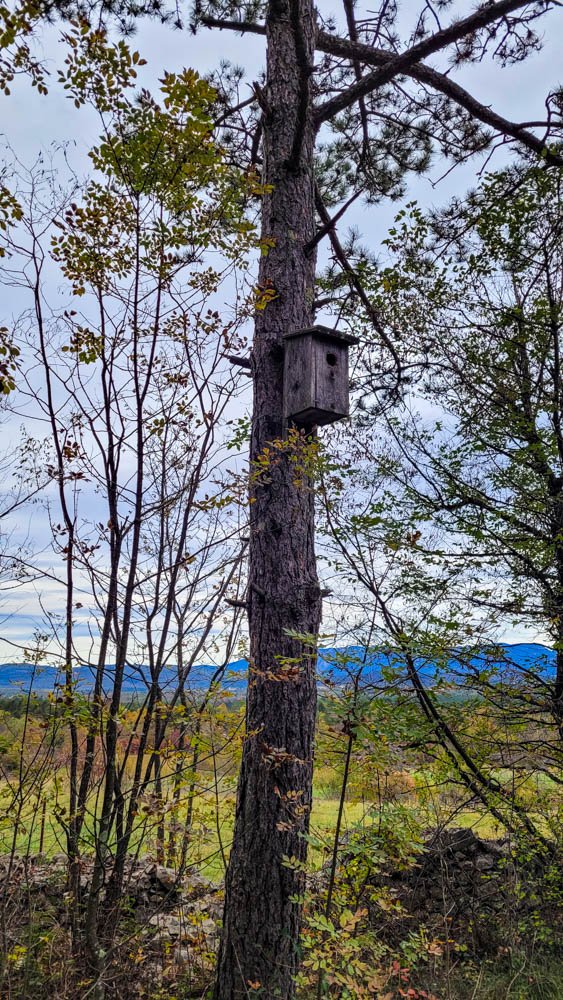
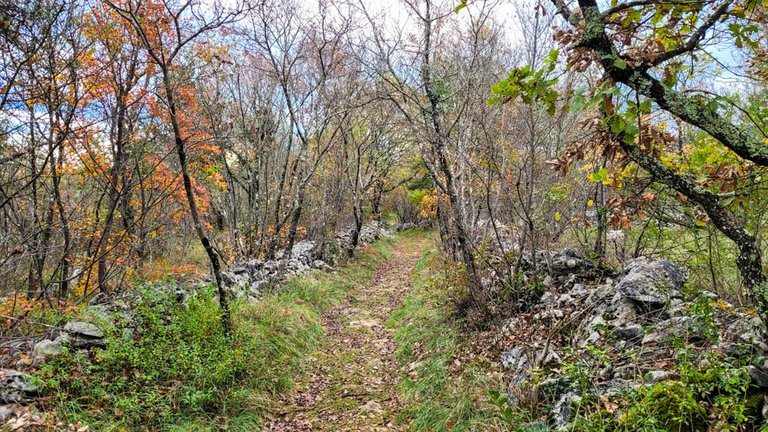
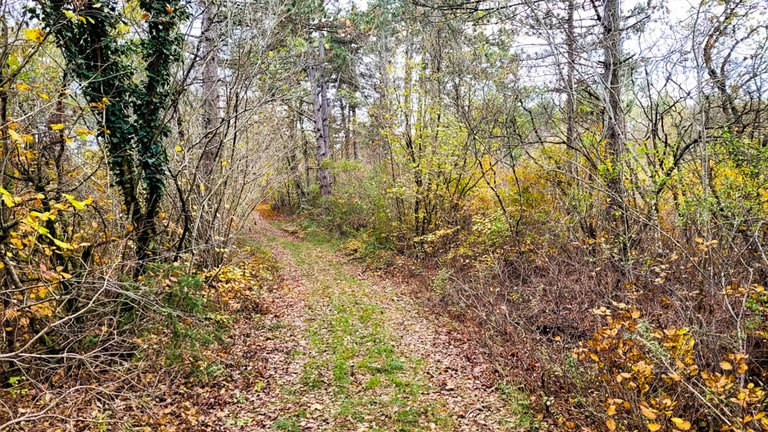
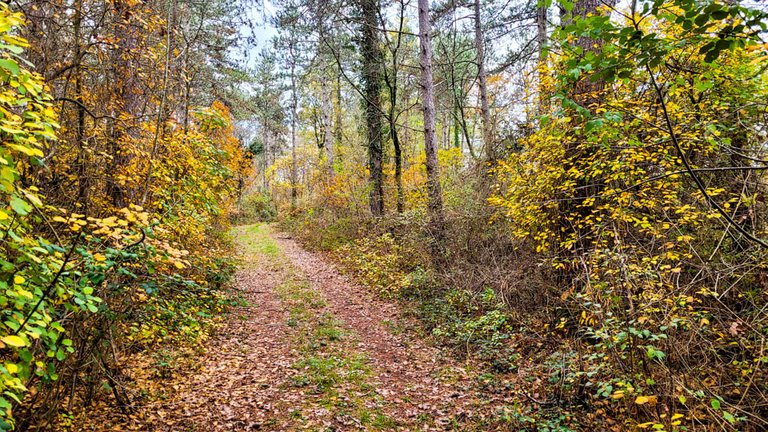
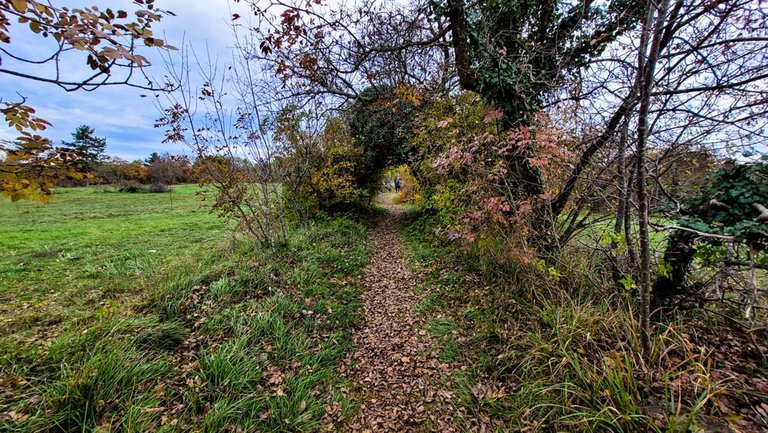
When you reach a crossroad, you just need to look out for the sheep symbol and simple continue in the direction where the sheep is looking. When the sheep is standing and looking straight ahead, it means that we can stop, rest and look at one of the interesting sights along the way.
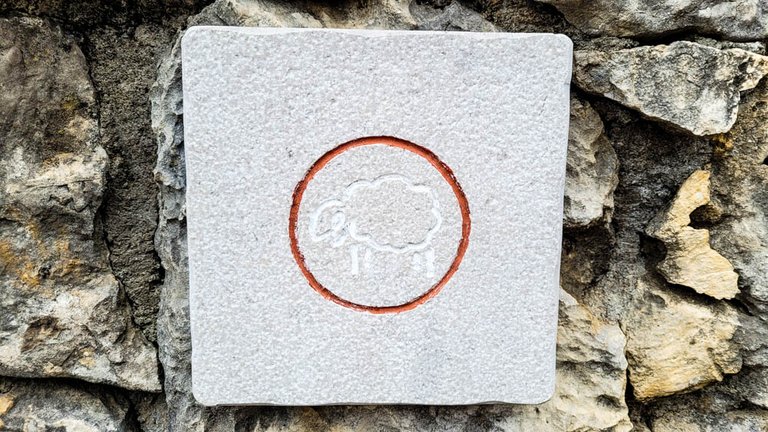
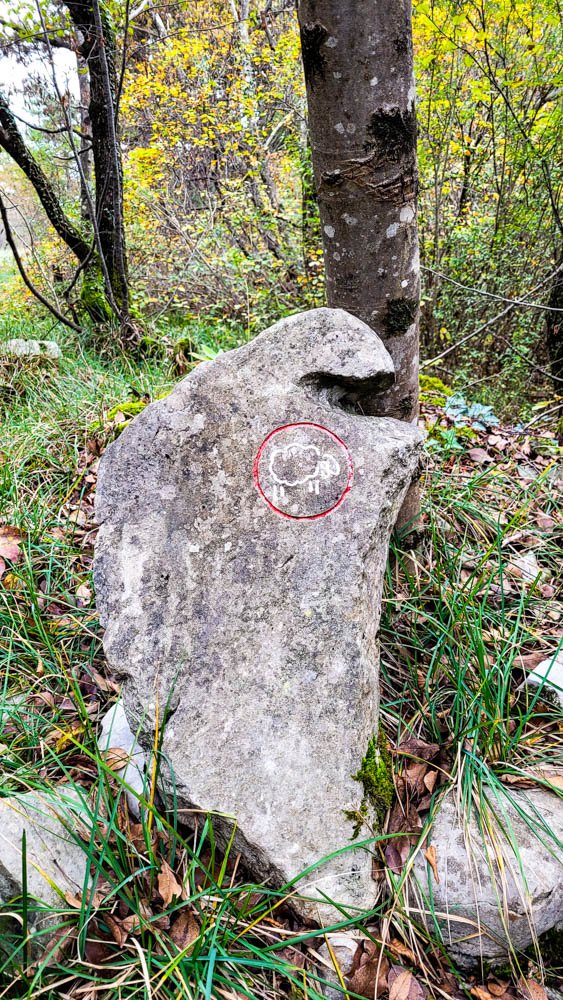
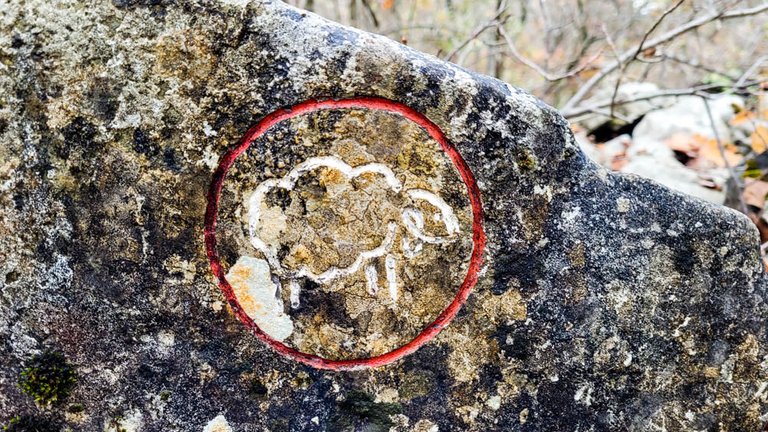
There are information boards along the way, describing the special features of the Karst region. While enjoying a pleasant walk through the beautiful landscape and fresh air, you will also learn about the place and the locals. You will discover how they used the stone, how they supplied water on a plateau with no surface water, and how they knew how to make use of nature's gifts.
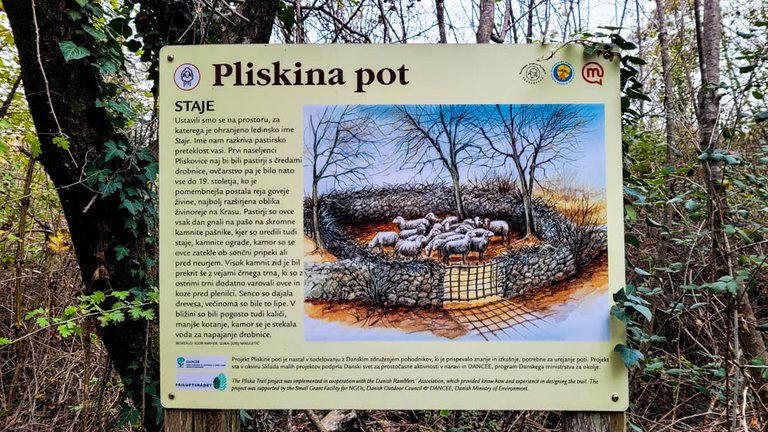

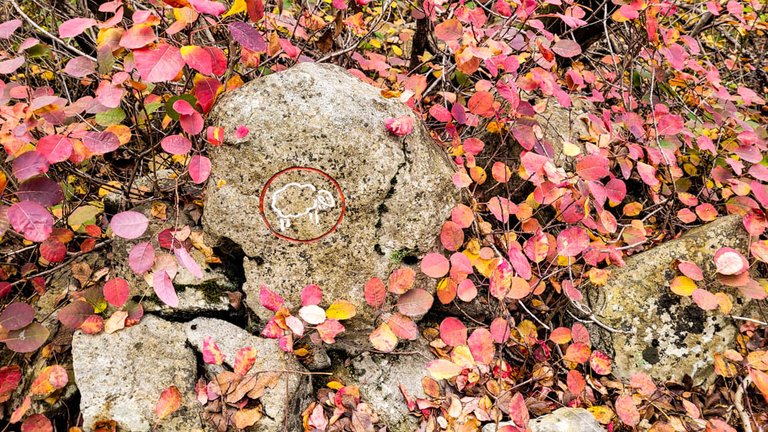
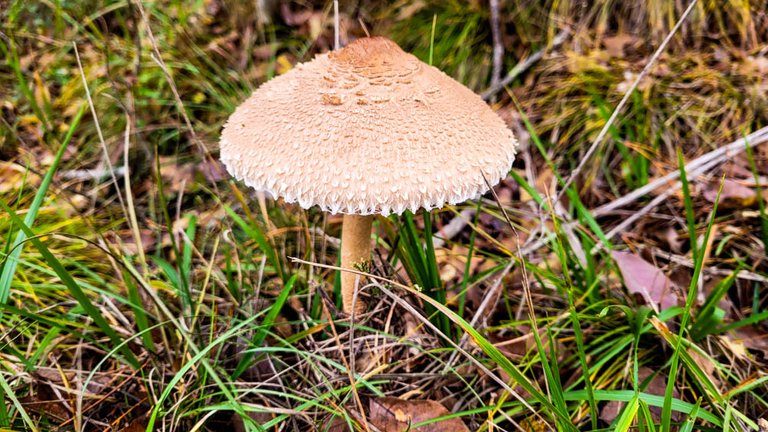
The stone plays an important role in the lives of Karst people. Following the sheep path, you will notice many stone walls built by the locals to separate their cultivated land. Today, these stone walls are unfortunately overgrown as farming is increasingly abandoned. The path will lead you along tracks, past fenced pastures and sinkholes, where there are beautifully cultivated fields and vineyards – vineyards that give the dark red wine Teran.
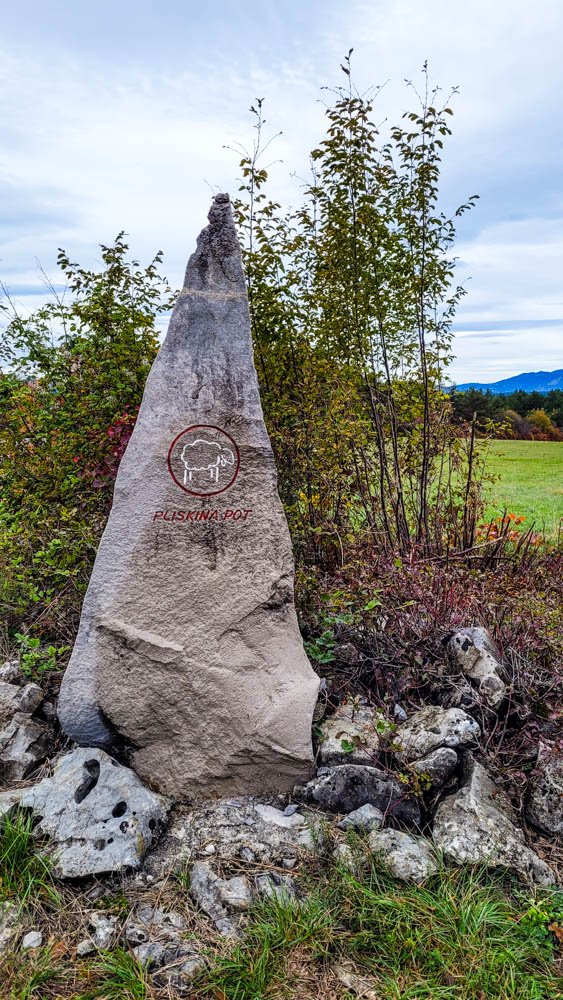
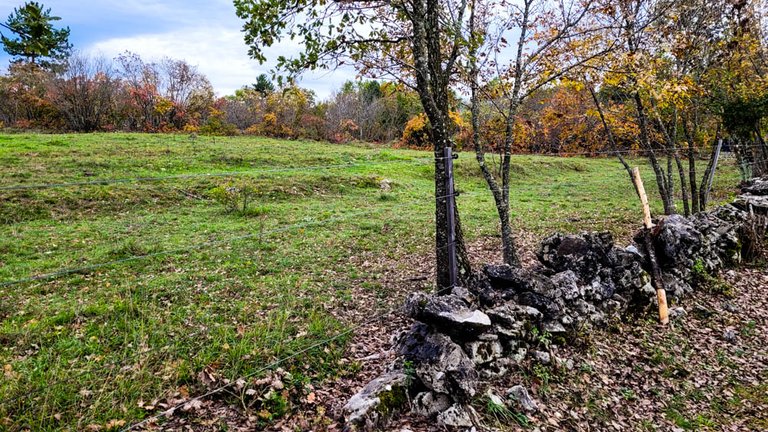
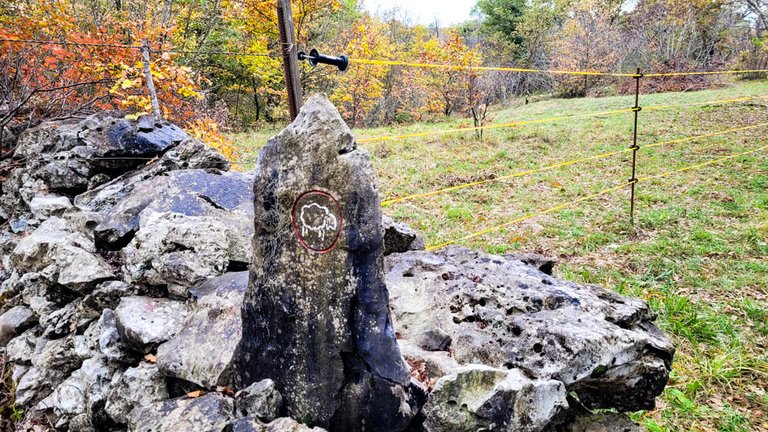
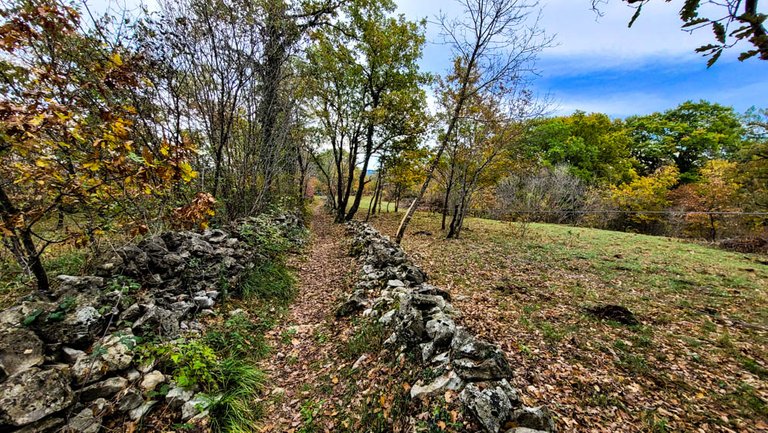
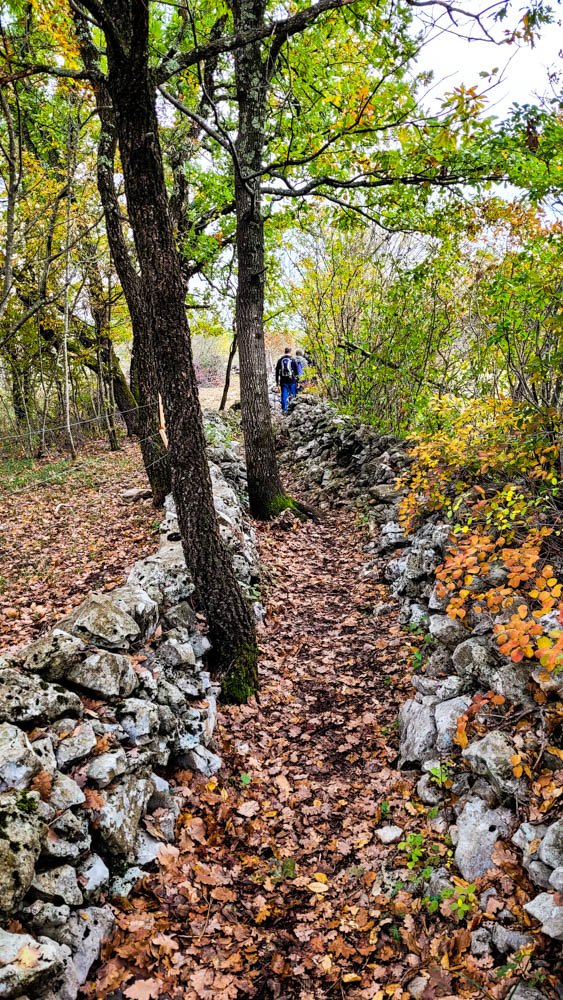
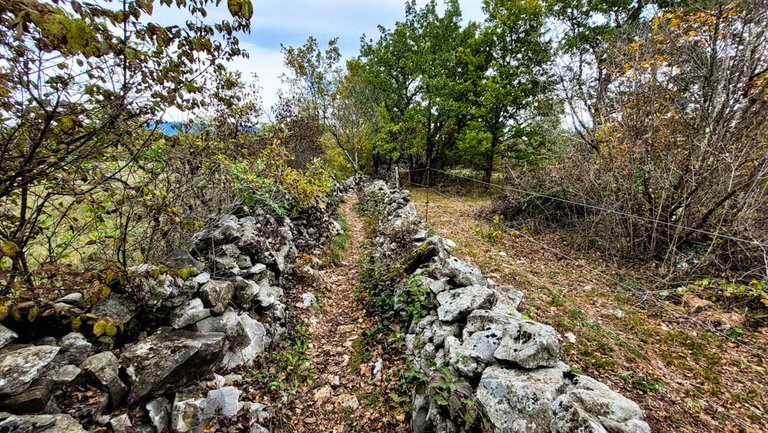
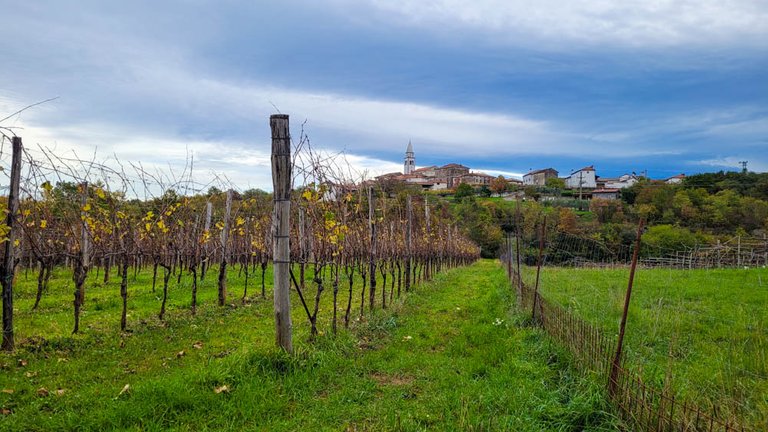
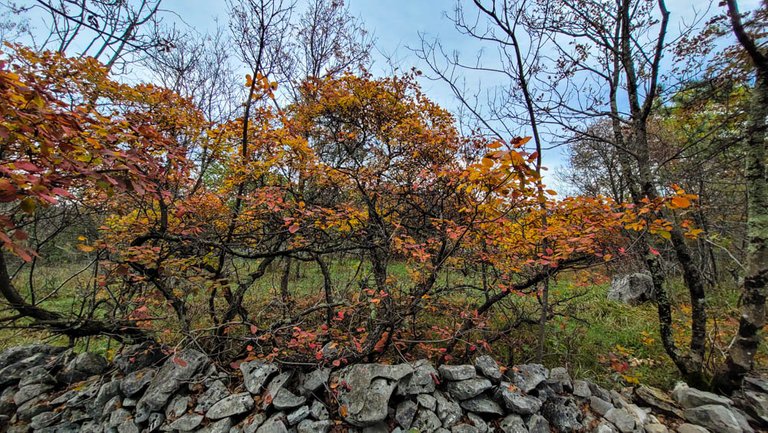
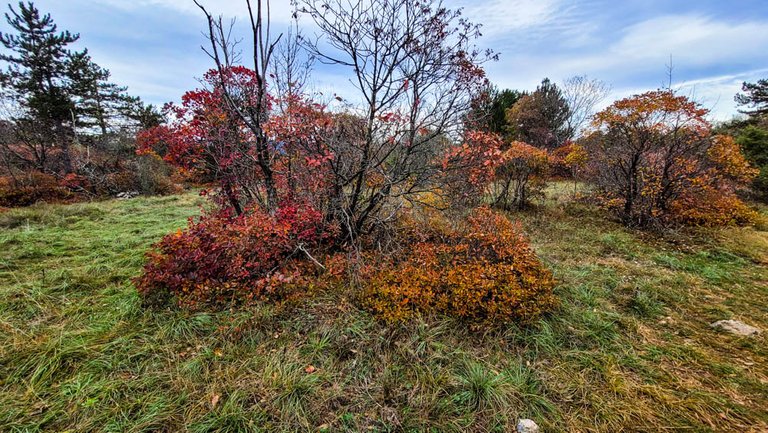
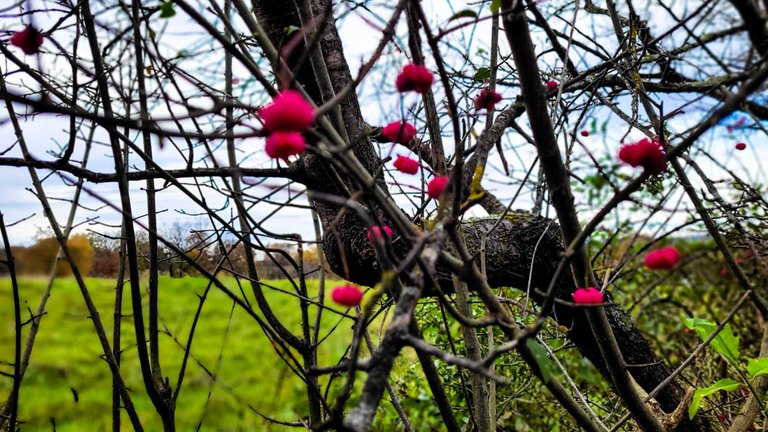
One of the stops on the way was presenting tar-making. The black pine was planted in the Karst region 150 years ago for the production of pine resin. By cutting into the trunk of the pine trees, the resin was extracted and used in the chemical industry.
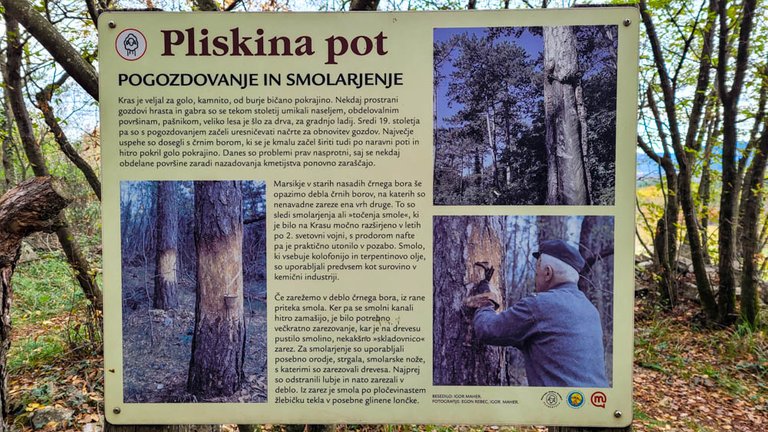
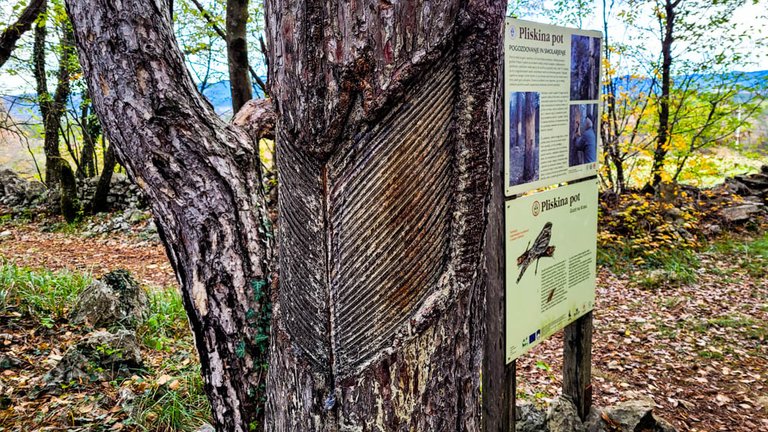
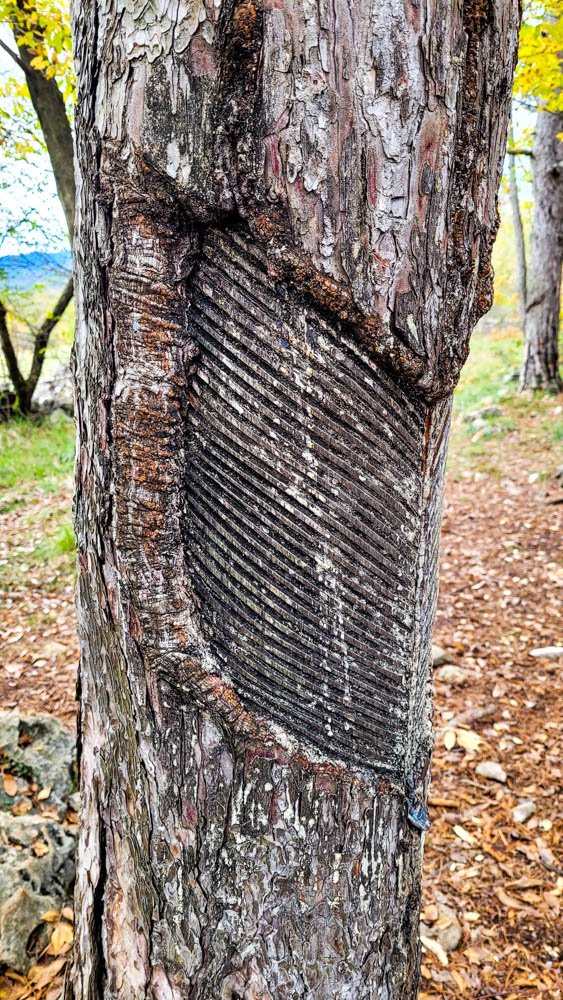
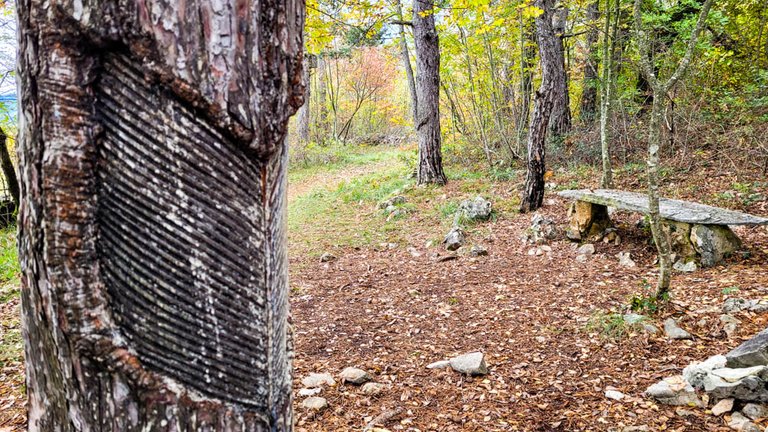
Very interesting is also the presentation of the shepherd's hut. These were built of dry stones without mortar and were used by shepherds who sought shelter from bad weather or the summer heat.
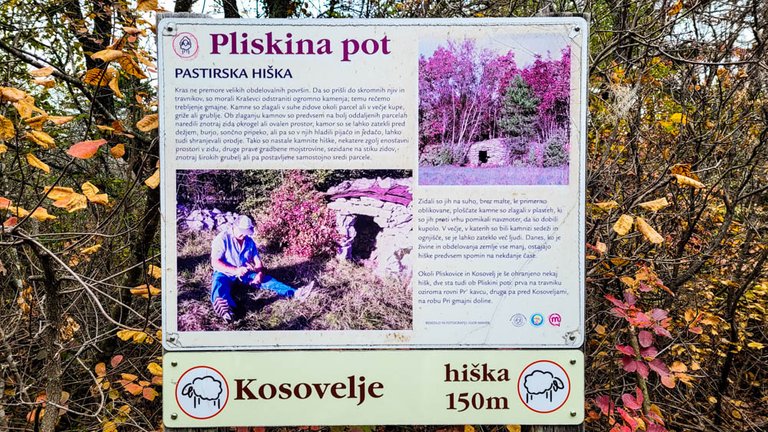
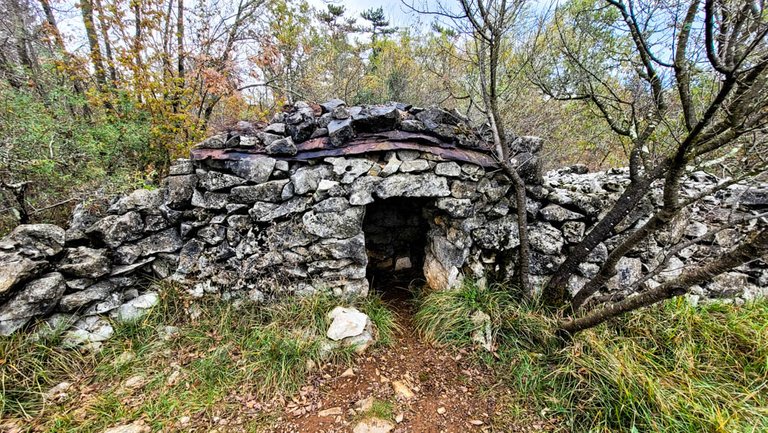
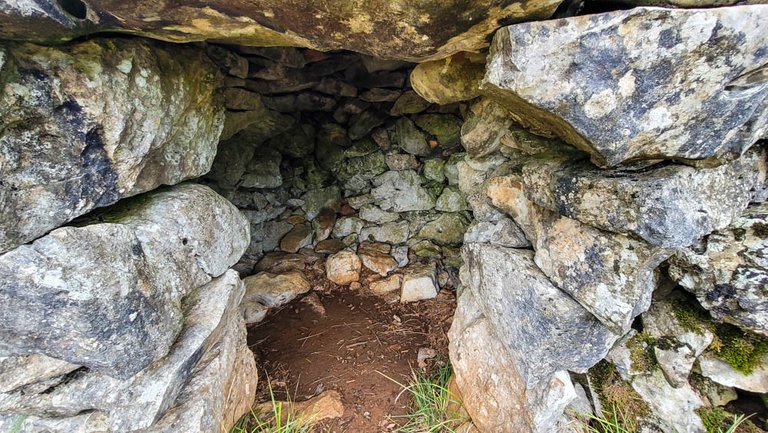
After the hike, we had to complete the main task and reason for today's excursion – we went to a local beekeeper. Karst honey has a distinct aroma and is riper and drier than most other honeys. It is rich in minerals and, of course, tastes delicious. The honey produced here at the Petelin apiculture farm is made from salsify, rue, shepherd's purse, ivy, and motherwort, which is typical of the Karst region. Of course, they also have classic honeys such as meadow flowers, acacia, chestnut, forest, and linden tree. This time we have chosen ivy, sedge, and meadow flowers honey. If you wish, you can also buy a variety of home-made brandies.
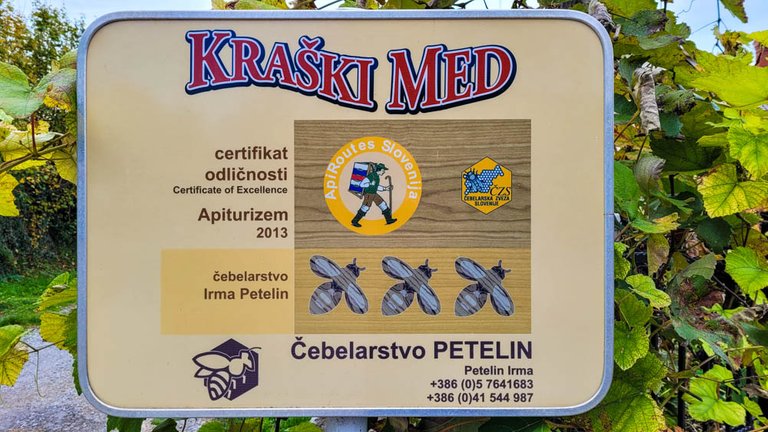
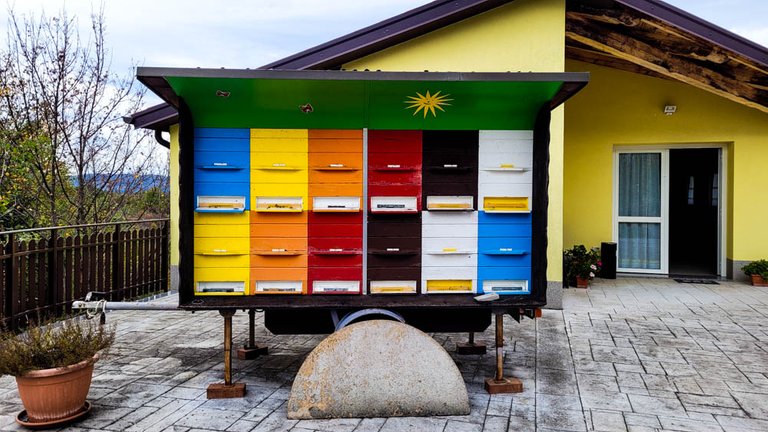
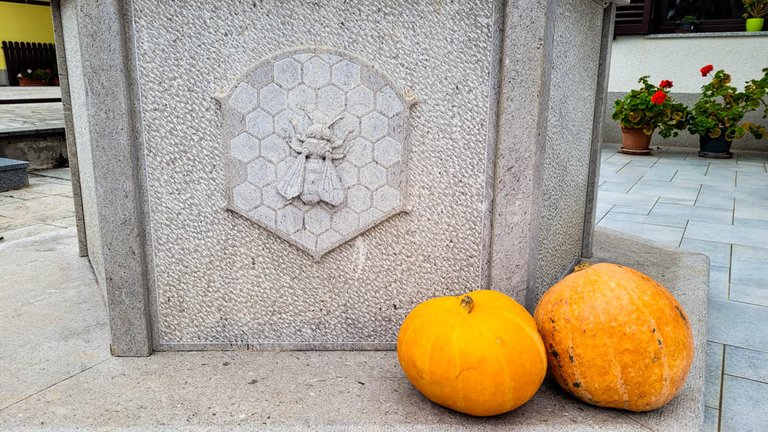

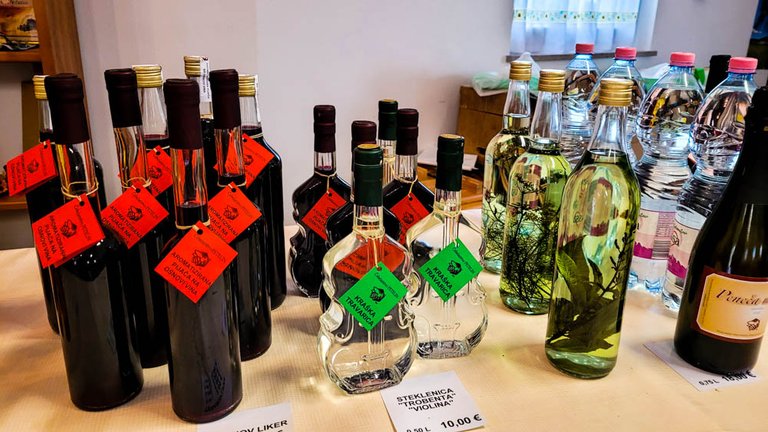
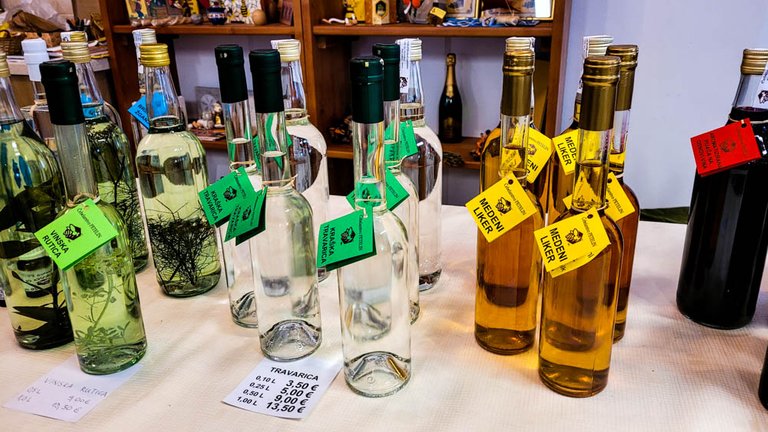
We’ve done “two points” and it was just the right time for the third one. Visit of local prosciutto maker for tour and tasting, perfect for lunchtime. We went to The Scuka Prosciutteria, which is located in the village of Kobjeglava, about 10 minutes’ drive from Pliskovica village. The pioneer of the family business was the first to prepare a complete technological process for the preparation of Karst prosciutto in Yugoslavia. And this process is still used today for the production of their boutique Karst prosciutto – made in the very traditional/classic way.
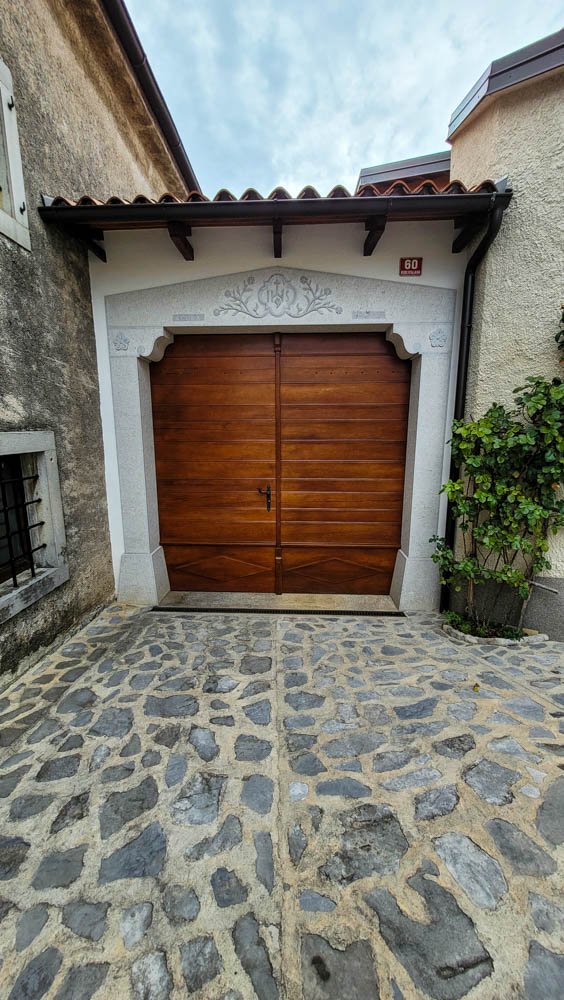
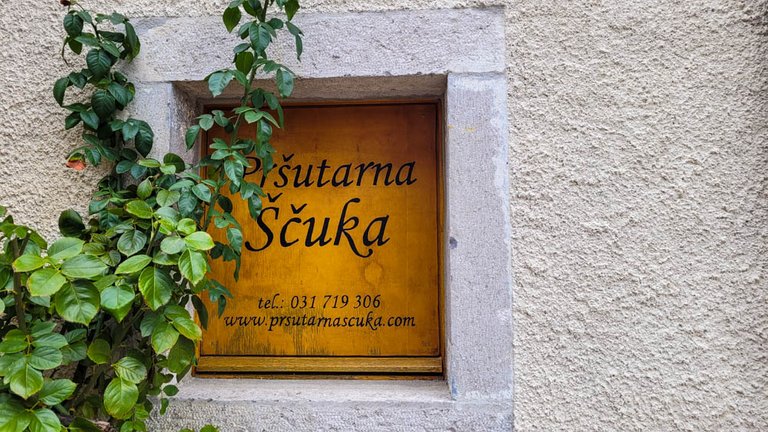
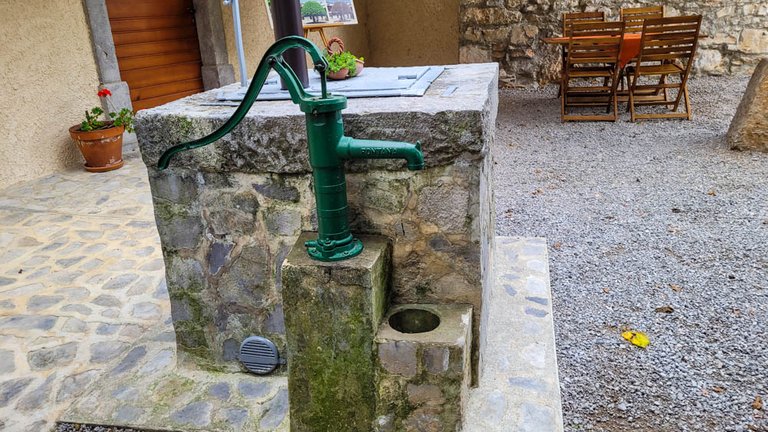
We started our guided tour of the prosciutto production in their courtyard, where they told us the story of the 300-year-old mulberry tree, uniquely shaped like an umbrella. We were amazed by the shape of the tree and I’ve just imagined how nice it must be in its shadows on hot summer days.
Our guide (also one of the younger family members and owners) brought me back from my dreams when he asked us about the mulberry tree, about its shape, and the reason why it is planted on their property.
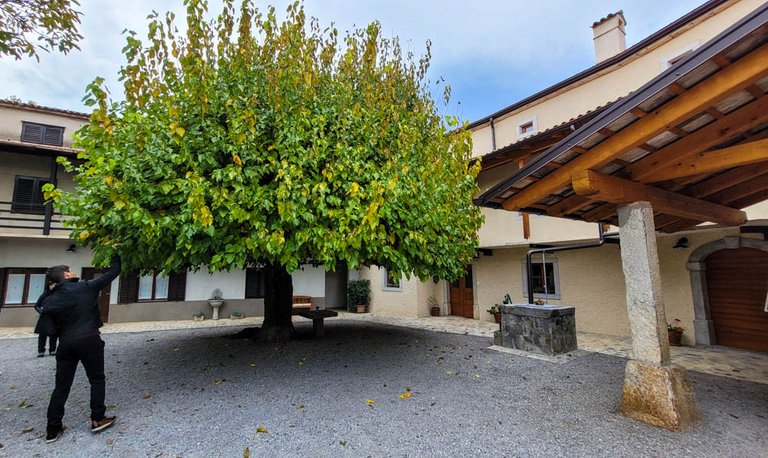
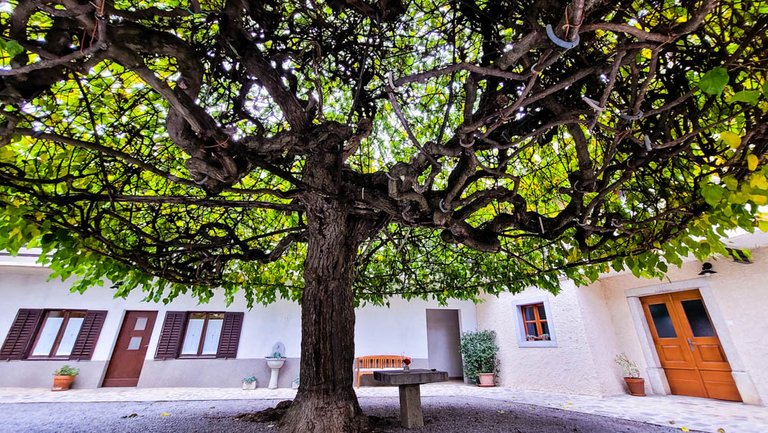
The mulberry leaves were used to feed the silkworms from which silk was extracted. Yes, you heard that right, silk! Mulberry trees were planted in Slovenian Karst in the 16th century to improve their standard of living by selling silk cocoons to nearby Italy. A real surprise, I did not know that! And why that shape? Because in this way the canopy was the widest and thus many branches and leaves grew for the silkworms.

From the courtyard we entered a small hall, and from the window we were able to admire the prosciuttos that are dried only with the help of the “burja”, the local strong wind. The prosciuttos are prepared by salting them with sea salt and drying them in the wind. The process takes at least 12 months and up to 36 months.
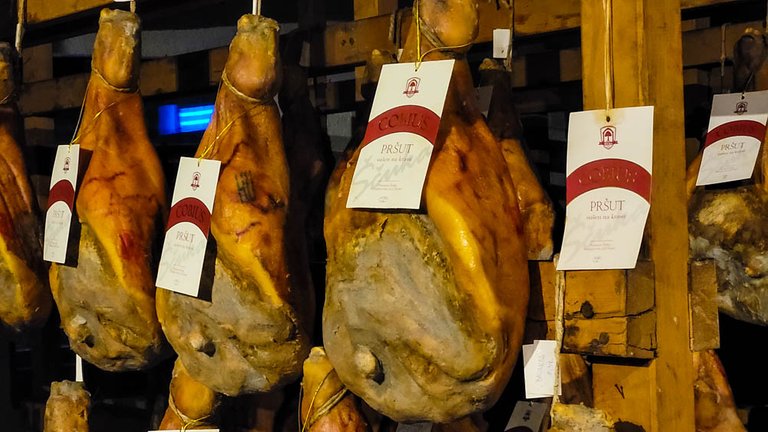
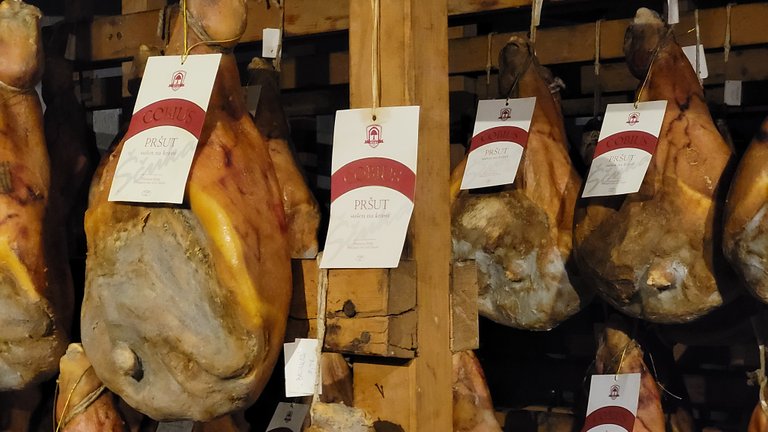
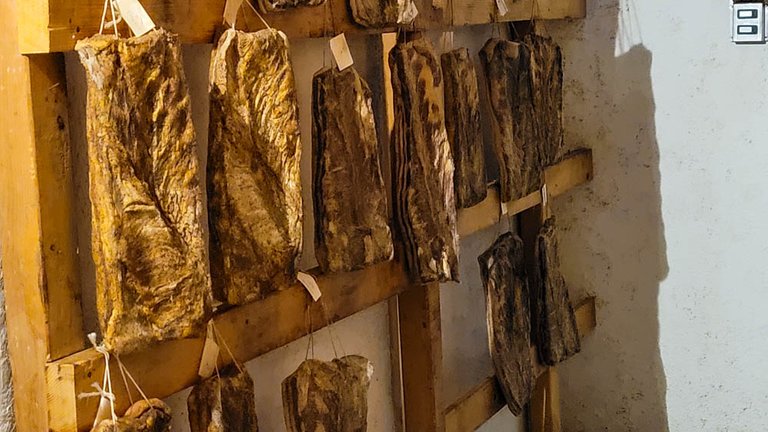
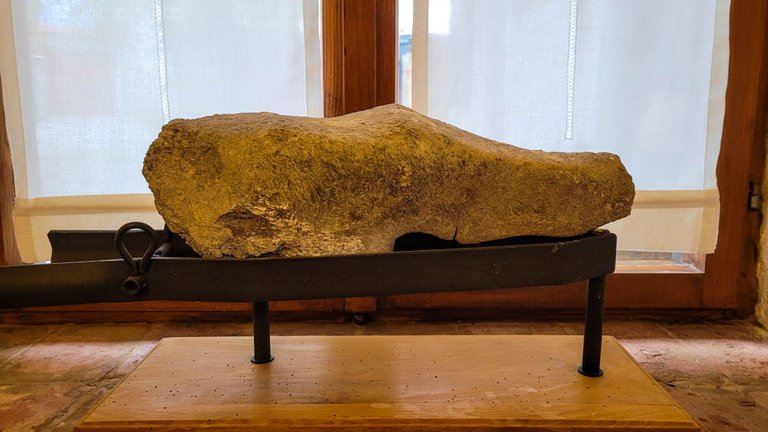
Karst stone ham
We became even more hungry and luckily, we were taken to a small tasting room. We tasted a variety of aged prosciutto, pancetta, and various cheeses from the surrounding area. All served with home-baked, still warm bread. And, of course, there was a glass of excellent home-made Teran, which they also produce themselves.
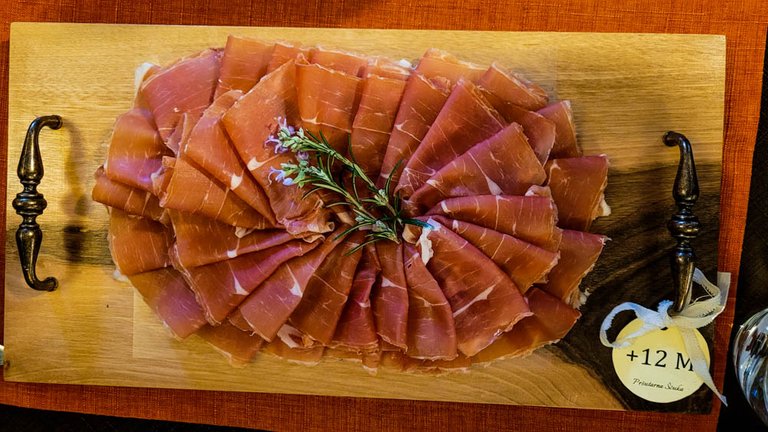
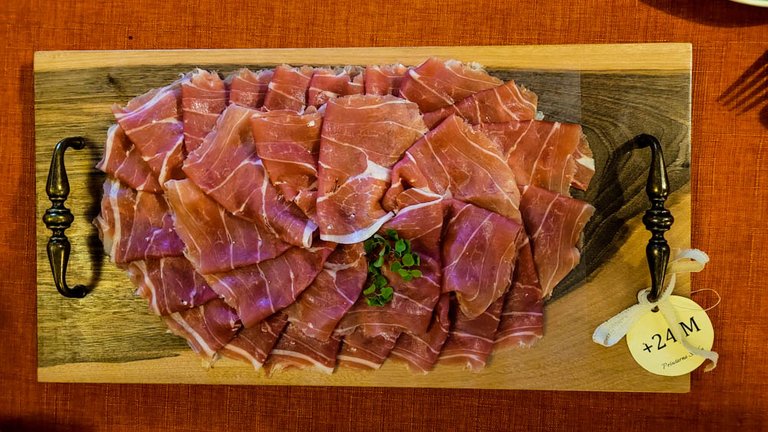
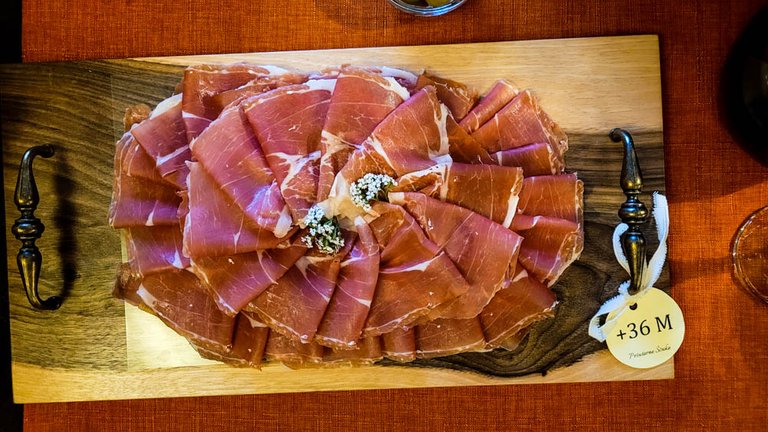
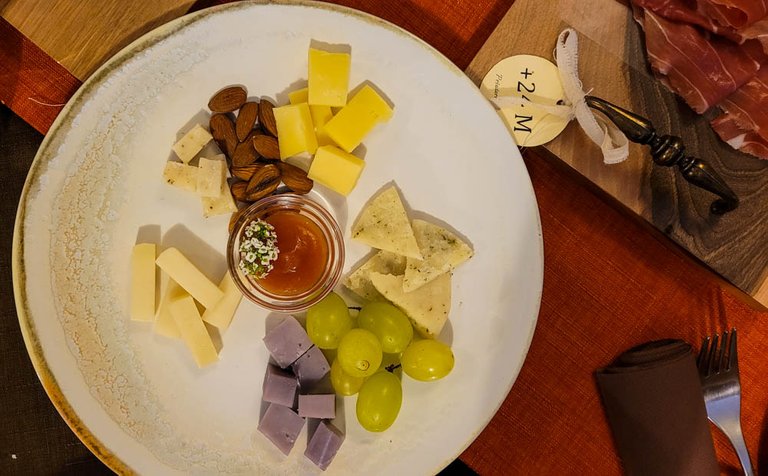

Great experience and great Sunday! Definitely the type of Sunday that I like: some outdoor activity combined with good local food. Of course I brought home not only honey, but also a few pieces of prosciutto 😊

Thanks for reading,
feel free to leave a comment, I will be glad to reply to.
Best regards, @miljo76

